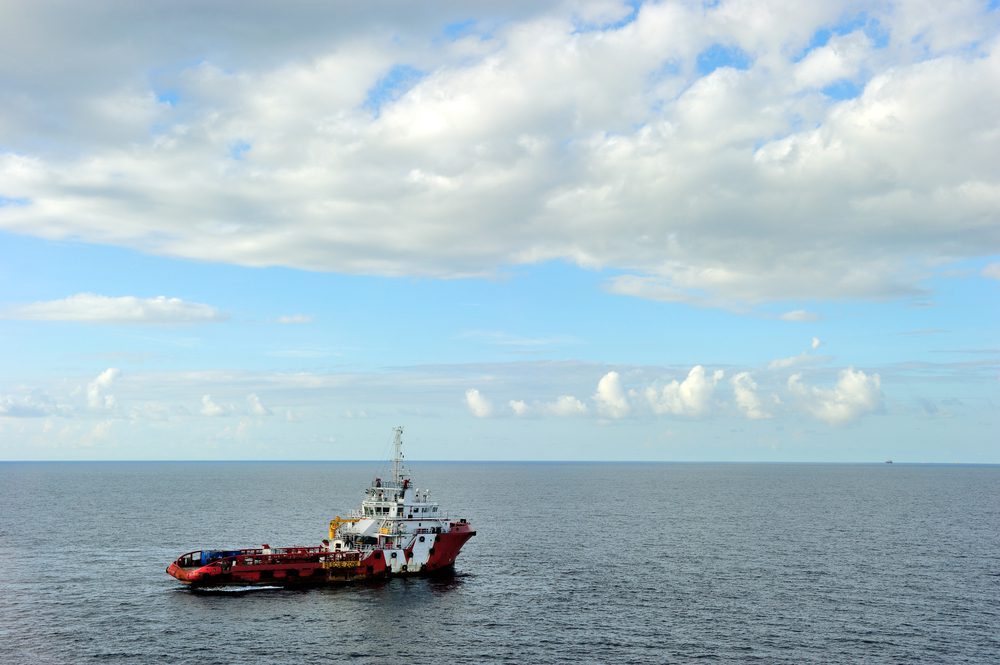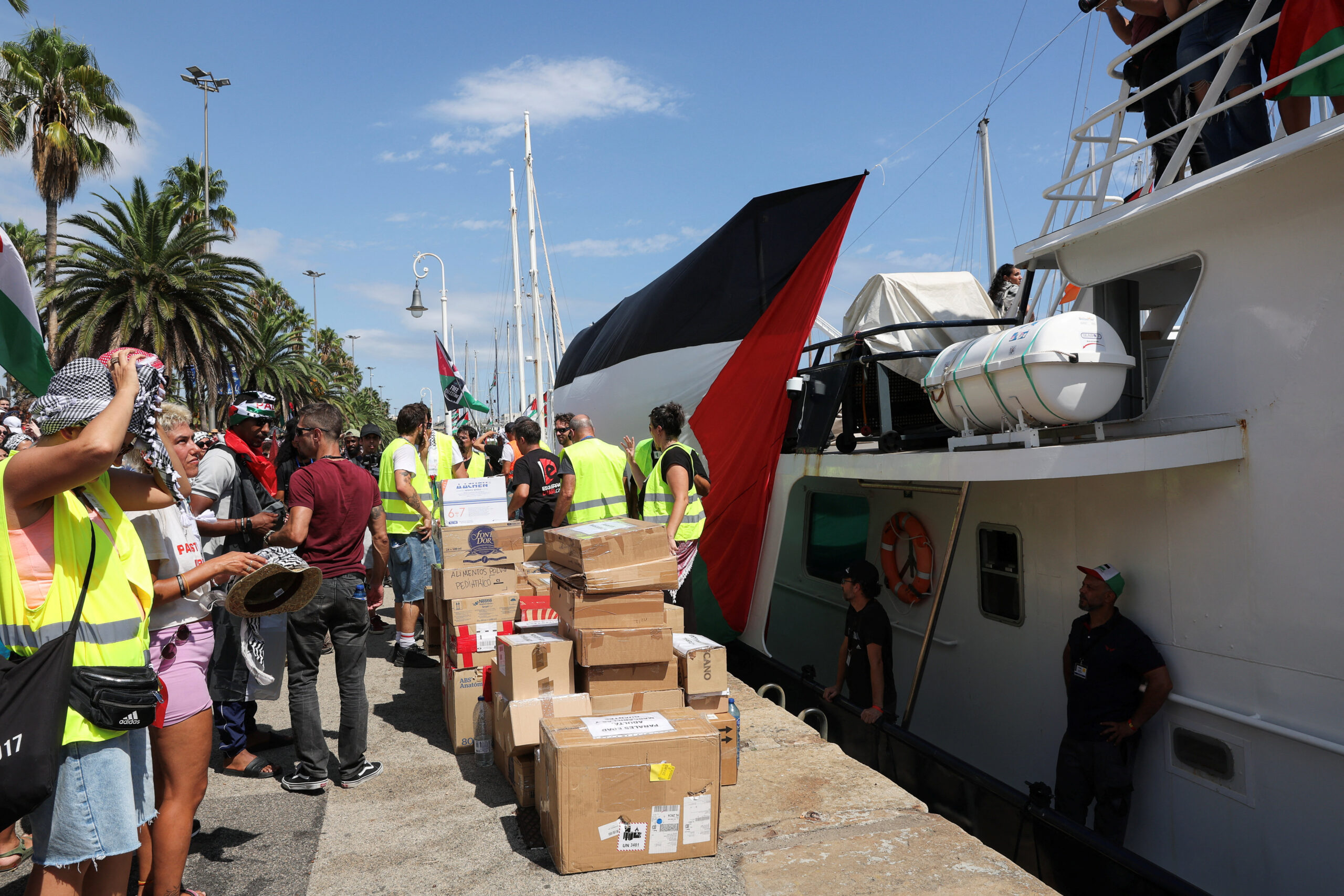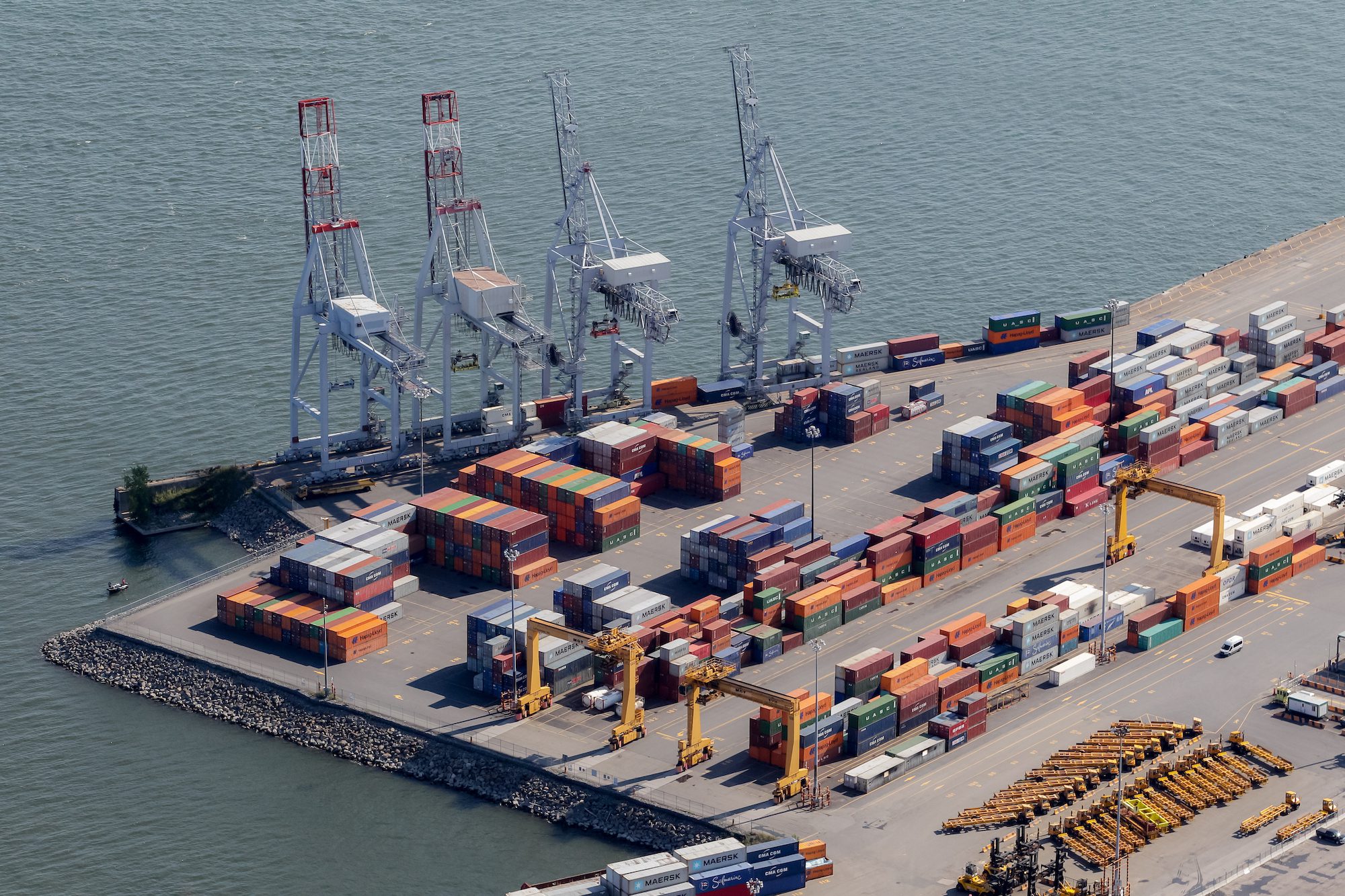By Mikael Holter
(Bloomberg) — The number of Norwegian offshore vessels with nothing to do has gone from zero to 100 in just a year. And the woes are far from over, the industry’s top lobbyist said.
“The worst is still to come,” Sturla Henriksen, chief executive officer of the Norwegian Shipowners’ Association, said in an interview in Oslo on Friday. “2016 and 2017 will be very demanding years.”
With Brent crude slumping below $45 a barrel from $115 1 1/2-years ago, Norway’s offshore fleet, the world’s second biggest after the U.S., of seismic surveyors, drilling rigs and supply ships is being hit by a drought of new contracts and a plunge in rates as oil explorers slash investments and put off drilling.
The number of stacked floating drilling rigs, a key indicator for the whole fleet, will double to about 20 by next summer, Henriksen said. Out of the total fleet, about one in six vessels has already been pushed out of the market, with that figure expected to increase in 2016.
While a recovery is inevitable as the world will need oil and gas “for generations to come,” it’s now “anybody’s guess” whether it will start in 2017, 2018 or even 2019, he said. Excess capacity in the market will create a lag between the eventual uptick in crude prices and that of charter rates for these vessels, he said.
Investments by oil companies in Norway will fall by 19 percent next year to 149 billion kroner and a further 11 percent in 2017, according to forecasts last week by the Norwegian Oil and Gas Association, an industry lobby.
Statoil ASA, the operator of more than 70 percent of the country’s production, is cutting spending by 18 percent this year, sending ripples through the nation’s supply industry. In less than 1 1/2 years, the state-controlled company has cut the equivalent of four years of drilling for one rig by suspending or terminating contracts with rig operators such as Songa Offshore and Saipem SpA, according to Bloomberg calculations.
Statoil will probably further reduce the number of exploration wells offshore Norway next year, Executive Vice President Tim Dodson said in an Oslo interview Monday. “It’s likely to be smaller,” he said.
By the time the market turns, as many as 20 floating rigs may have been scrapped permanently in Norway and the U.K., Nordea Markets analyst Janne Kvernland said earlier this month. “We’ll have a graveyard out in the North Sea,” she said.
Crude Drop
The crude-price drop and the investment cuts are a blow to Norway, which depends on the oil industry for a fifth of its gross domestic product and is planning to make the first ever withdrawal from its $850 billion sovereign wealth fund next year to balance its budget. The industry as a whole has already lost between 25,000 and 30,000 jobs since the beginning of 2014.
Statoil needs to be careful that the cuts don’t jeopardize its suppliers’ ability to deliver services and equipment when the recovery comes, Henriksen said.
“It’s easy to build down organizations and get rid of competence,” he said. “To put it back together is difficult and takes a lot of time.”
Statoil CEO Eldar Saetre acknowledges that issue is important.
It’s not reasonable to cut capacity so much that an increase would then be needed in two years, the Statoil CEO said in an interview Monday. “We must think long-term at the same time as we realize the cost measures we need.”
©2015 Bloomberg News

 Join The Club
Join The Club











